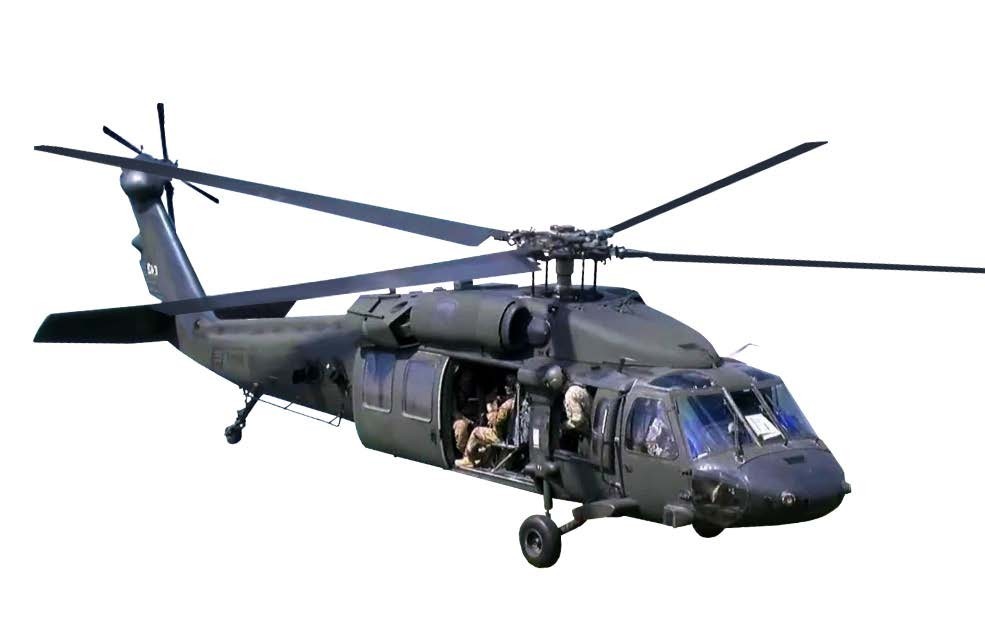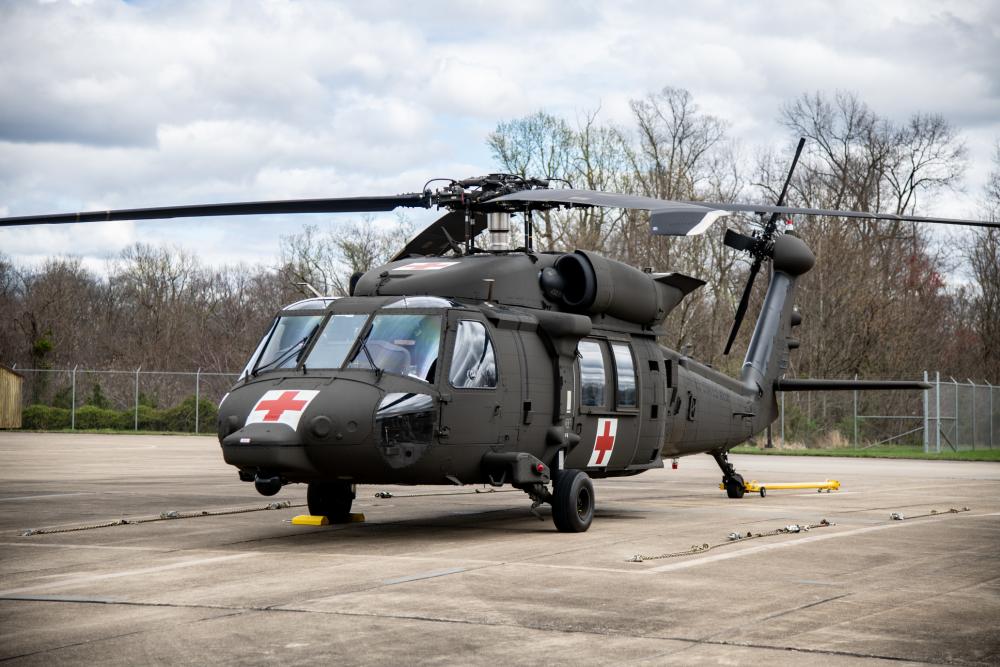The Influence of Sustainable Practices on the Future of Airplane Workflow and Emissions Decrease
As the aeronautics sector faces enhancing examination over its ecological impact, the adoption of sustainable practices emerges as a crucial path towards future airplane operations and emissions reduction. Technologies in sustainable aviation fuels and advancements in hybrid propulsion modern technologies stand at the forefront of this improvement, appealing substantial reductions in greenhouse gas discharges. The effective integration of these initiatives pivots on a selection of variables, consisting of regulative structures and sector collaboration. The concern continues to be: exactly how will these developing techniques improve the characteristics of flight and add to an extra lasting future?

Overview of Sustainable Practices
Sustainable methods in aircraft procedures incorporate a range of techniques intended at reducing environmental effect while keeping functional efficiency. These methods are important in the aeronautics industry's commitment to reducing its carbon impact and sticking to worldwide environmental criteria. Trick campaigns include enhancing trip courses to minimize gas intake, boosting maintenance procedures to make certain aircraft run at peak performance, and applying sophisticated technologies such as winglets and lightweight products that boost aerodynamics.

Engaging and educating staff on sustainability techniques also play a crucial function, promoting a culture of ecological responsibility within organizations. Generally, the assimilation of these sustainable techniques not only helps in reducing discharges yet also improves the long-term viability of the aviation sector, guaranteeing it meets the demands of both clients and governing bodies while adding to worldwide sustainability objectives.
Cutting-edge Gas Alternatives
Numerous innovative fuel choices are becoming critical options to minimize the aviation industry's dependence on standard nonrenewable fuel sources. Among these options, Sustainable Aeronautics Gas (SAFs) have obtained considerable interest due to their prospective to lower lifecycle greenhouse gas exhausts by as much as 80% compared to conventional jet fuels. SAFs are stemmed from various feedstocks, consisting of waste oils, farming deposits, and even algae, making them a versatile alternative for the industry.
One more appealing alternative is hydrogen gas, which, when utilized in fuel cells, generates just water vapor as a by-product. This zero-emission potential presents a significant opportunity for decarbonizing flight procedures, specifically for short-haul flights and regional airplane. Furthermore, electrical propulsion systems are being checked out, leveraging battery technology to power aircraft. While current battery capacity limits variety and haul, continuous advancements may quickly make electrical trips feasible for certain applications - uh 60.
Last but not least, biofuels originated from biomass are being investigated, offering an eco-friendly choice that can be combined with typical gas. Collectively, these ingenious fuel alternatives stand for an essential action toward attaining a sustainable air travel ecosystem, aligning with global emissions reduction targets and enhancing the industry's ecological stewardship.
Technical Innovations in Aeronautics

Just how can technological innovations improve the future of air travel? Technologies such as hybrid and electrical propulsion systems are at the forefront, encouraging substantial decreases in fuel usage and greenhouse gas emissions.
Moreover, the execution of advanced materials, such as light-weight composites, adds to improved aerodynamics and gas performance. The usage of expert system and artificial intelligence in trip operations optimizes course planning and minimizes gas shed by making it possible for real-time modifications based upon weather and web traffic conditions. In addition, the development of autonomous and from another location piloted airplane systems stands to reinvent freight and passenger transportation, possibly raising effectiveness while decreasing human error.
Furthermore, lasting air travel technologies, including sophisticated air traffic administration systems, can reduce and simplify operations congestion, causing reduced exhausts during flight. These innovations collectively represent a standard change in aviation, guaranteeing a future where sustainability and functional efficiency are linked, thereby sustaining the industry's commitment to lowering its environmental influence.

Regulative Structure and Compliance
Because of the growing emphasis on environmental stewardship within the aviation industry, the regulatory structure controling airplane operations is advancing to promote sustainable methods. informative post Regulative bodies, such as the International Civil Air Travel Organization (ICAO) and numerous national aeronautics authorities, are introducing rigorous standards focused on decreasing exhausts and improving functional efficiency.
These regulations often include the fostering of Sustainable Aviation Gas (SAF), which has actually been identified as a key element in achieving reduced carbon impacts. Compliance with these regulations needs airlines to apply functional go to my blog practices and advanced innovations, such as enhanced trip paths and enhanced air website traffic management, to decrease fuel usage.
Furthermore, the enforcement of exhausts trading schemes and carbon offsetting efforts is coming to be increasingly widespread, compelling airlines to check and report their discharges properly. Non-compliance can lead to considerable penalties, hence pressing drivers to prioritize sustainability in their organization models.
Inevitably, the developing governing landscape not just drives advancement and investment in environment-friendly technologies however additionally fosters a society of responsibility within the aviation industry. As these structures remain to create, the emphasis on sustainable methods will be essential to attaining the industry's long-lasting environmental goals.
Future Patterns in Airplane Procedures
As the aeronautics industry adapts to an increasingly rigid governing setting, future trends in airplane procedures are readied to concentrate on innovative remedies that further boost sustainability and performance - uh 60. Secret growths will likely consist of the fostering of sophisticated air website traffic management systems, which navigate to this website use real-time data and expert system to maximize flight paths, lowering fuel usage and exhausts
An additional considerable fad is the increased integration of sustainable aviation fuels (SAFs) These options to standard jet gas, acquired from renewable resources, can significantly lower lifecycle greenhouse gas discharges. The sector's commitment to SAFs will likely increase as airlines collaborate with gas producers to make sure schedule and cost-effectiveness.
Additionally, the push towards electrification and hybrid propulsion systems is acquiring energy. Arising airplane designs will integrate these modern technologies, providing quieter and extra effective operations, especially for short-haul flights.
Verdict
The adoption of lasting aviation fuels, paired with improvements in hybrid and electric propulsion systems, is important for decreasing lifecycle greenhouse gas discharges. Maximizing flight courses and embracing cutting-edge innovations contribute to a quieter and extra environmentally friendly aviation field.
Advancements in lasting air travel gas and improvements in hybrid propulsion modern technologies stand at the leading edge of this improvement, appealing significant decreases in greenhouse gas emissions.Numerous ingenious gas alternatives are arising as pivotal options to lower the air travel sector's dependence on conventional fossil gas - uh 60. Among these choices, Lasting Air travel Fuels (SAFs) have acquired substantial attention due to their possible to decrease lifecycle greenhouse gas discharges by up to 80% compared to standard jet fuels.An additional considerable fad is the boosted integration of lasting aviation fuels (SAFs) The fostering of lasting air travel gas, coupled with innovations in hybrid and electric propulsion systems, is crucial for minimizing lifecycle greenhouse gas discharges
 Tia Carrere Then & Now!
Tia Carrere Then & Now! Jurnee Smollett Then & Now!
Jurnee Smollett Then & Now! Soleil Moon Frye Then & Now!
Soleil Moon Frye Then & Now! Heather Locklear Then & Now!
Heather Locklear Then & Now! Catherine Bach Then & Now!
Catherine Bach Then & Now!